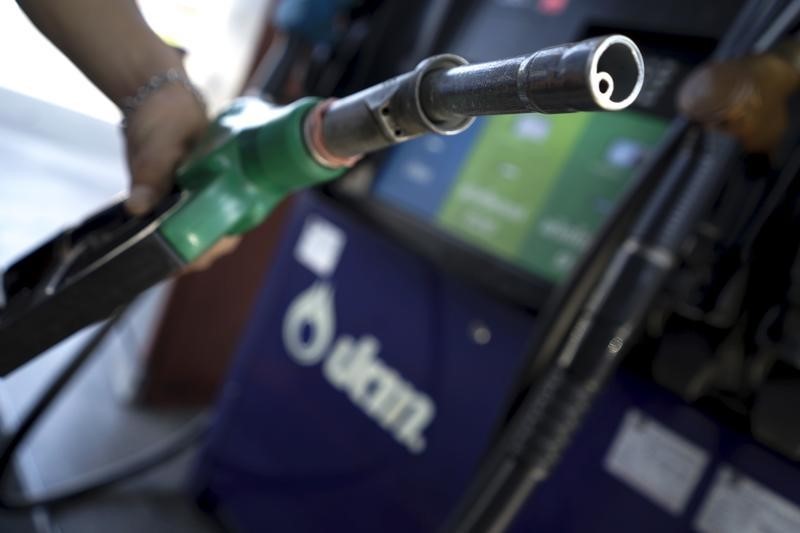By Barani Krishnan
Investing.com - U.S. crude prices settled up more than 20%, extending their extreme volatility of the past two weeks, as investors across markets responded to positive appraisals of a coronavirus drug manufactured by Gilead (NASDAQ:GILD) that boosted hopes of recovery for an economy busted in the first quarter by the pandemic.
From the point of oil’s fundamentals, the weekly crude build announced by the Energy Information Administration came in less than expected, flattening the market’s own curve on inventory rises.
June WTI settled up $2.72, or 22%, at $15.06 per barrel.
Brent, the London-traded global benchmark for crude, closed up $2.08, or 10%, at $22.54.
Oil prices have swung wildly in recent days as investors tried to balance optimism about business reopenings in the United States from a six-week lockdown versus continued threats from Covid-19 to both the health of Americans and the economy.
WTI plunged 25% on Monday on worries that the United States will run out of places to store oil as output cuts by the world’s largest producer continue to lag demand lost to the Covid-19. The pandemic has cost the world some 20 million to 30 million barrels per day in demand versus global efforts to scale back about 10 million bpd or more.
The U.S. economy, meanwhile, shrank by 4.8% percent in the first quarter of the year as the coronavirus pandemic shuttered businesses since mid-March, dealing the world's largest economy its sharpest decline since the Great Recession, the Commerce Department said.
But markets focused instead on the announcement by Gilead of the progress in its retroviral drug remdesivir. The company said a Stage 1 trial of the drug had shown improved symptoms in coronavirus patients who were given the drug early. The effect on those who were given it at a later stage was, however, not as positive, Gilead said.
But White House health adviser Anthony Fauci praised the progress in the remdesivir, saying it was “quite good news” and presented “clear-cut positive effect in diminishing time to recover.”
Analysts for oil, however, said crude’s rebound would still depend on how quickly the U.S. economy recovered to absorb a sea of unwanted supply in the market now.
“The focus will quickly shift to the second quarter and despite rolling reopening optimism, the economy could still shrink between 30-40%,” said Ed Moya, analyst at New York-based online trading platform OANDA.
“Too much needs to go right for U.S. economic activity to recover quickly and a lot of that will depend on the availability of rapid, widespread testing, approval of treatments, and the ability for drug companies to ramp up production domestically and internationally,” Moya added. “Optimism seems warranted, but it might best be the place for the third quarter.”
Crude stockpiles rose by 9 million barrels last week, the EIA announced, compared with expectations from analysts for an increase of 10.6 million barrels. Crude inventories rose by 15 million barrels the previous week.
Gasoline stockpiles fell surprisingly by 3.7 million barrels, versus an expectation for a rise of 2.5 million barrels. In the previous week, gasoline inventories rose by 1.0 million barrels.
